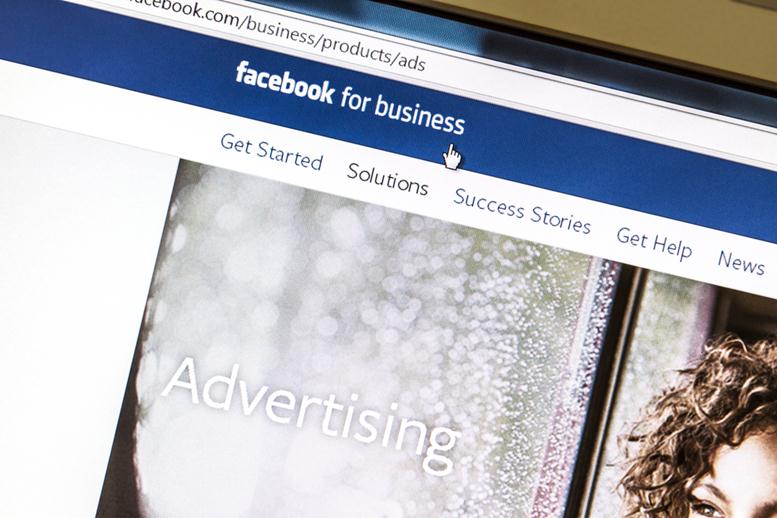
Facebook’s (NASDAQ:$FB) primary source of revenue has usually consisted of advertising, and this reliance is increasing. In fact, 98.1% of Facebook’s total revenue came from advertising revenue in 3Q17, whereas in 3Q16, it was 97.1%.
Facebook did, however, rely less on advertising sales in 3Q17 than in 2Q17, when total revenue sales from advertising came to 98.9%. 1Q17 was slightly less reliant than 2Q17, sitting at 98.8%, and on the whole, advertising contributed the least to total revenue sales in 4Q17, at 97.7% (which is, however, still more than in 2016).
In comparison, advertising sales contributed to 86.7% of Alphabet’s (NASDAQ:$GOOGL) total revenue in 3Q17, while Twitter (NYSE:$TWTR) held 85.3%, Snap (NYSE:$SNAP) with 98.1%, and Yelp (NYSE:$YELP) at 89.7%, all in 3Q17. This means Snap and Facebook tied on advertisement reliance in 3Q17.
Such a heavy reliance on advertising revenues should cause concern for those involved in these companies. Despite the fact that the global Internet advertising market is expected to grow to $335 billion by 2020, compared to the $223.7 billion earned this year and the $194.6 billion earned in 2016, relying on advertising revenue may no longer be the best option due to the escalating competition for online advertising budgets. This competition could actually slow down the growth of companies that rely so heavily on advertising sales, harming their revenue in the long-run.
Featured Image: depositphotos/ibphoto












